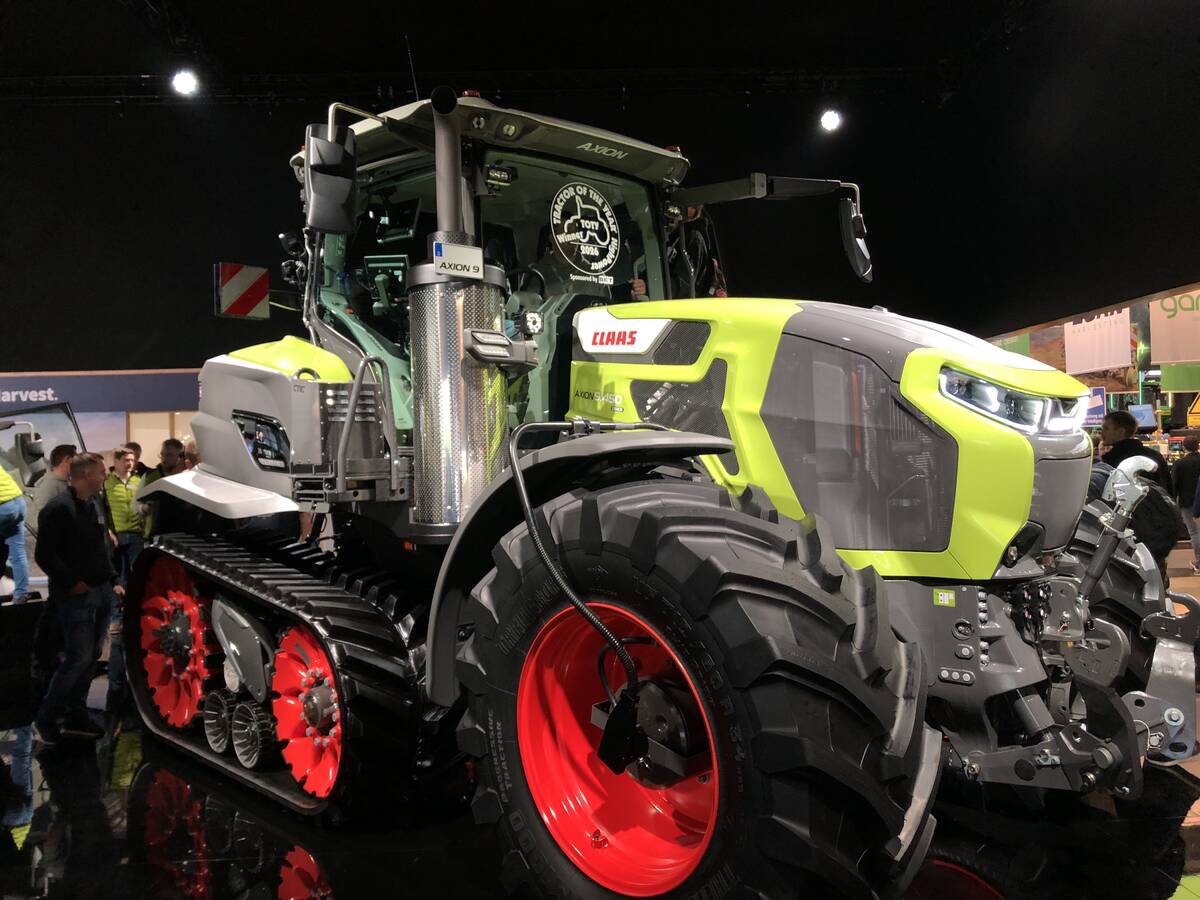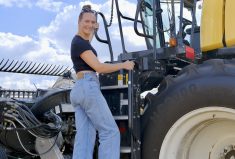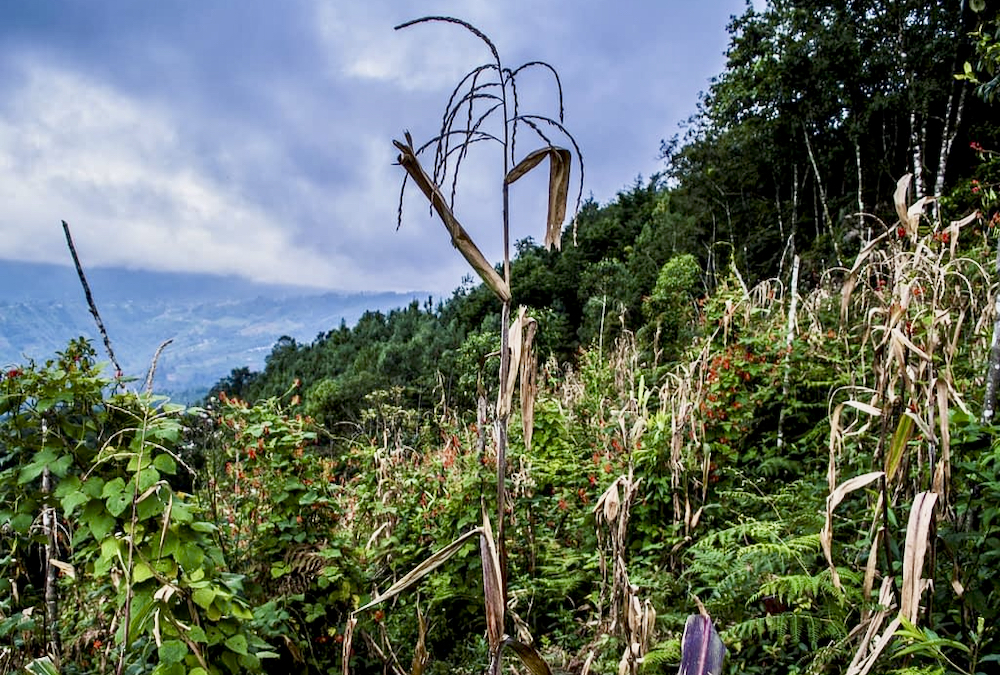There has been a global failure to improve infrastructure and address policy to enable women to access the same level of education, technology, credit, and land ownership.
In many countries I have seen how this has left farming women unprepared for the current and future increases in input costs and challenges in marketing. Women farmers in all cultures are facing increased stress without the support of systems that make much-needed capital or knowledge readily accessible. Although consumers around the world are asking for a shorter link between the farm and the fork, governments often still lack an appreciation for this potential and fail to recognize that as resources for women increase, so does agricultural production.
Read Also

VIDEO: Claas Axion 9 tractors showcase comfort features
German equipment manufacturer Claas showcased its new Axion 9 tractor series, including farmer-focused cab features, at the Agritechnica 2025 machinery show in November.
Access to credit, tools, technology, seed and other inputs, equipment, fuel, markets and education all impact the success of the farmer. If women were to have the same access to resources as men, the UN Food and Agriculture Organization estimates farm yields would increase by 20 to 30 per cent, and total agricultural output in developing countries would increase by 2.5 to four per cent.
Breaking the cycle of intergenerational poverty and dependency starts by putting money in the hands of women. Women in all countries tend to reinvest in healthy families and communities, and are quick to take calculated risks. They also have the highest payback record of any industry. So why is it that women are discriminated against in all countries when it comes to accessing credit?
- From the Country Guide website: A place for women
One study found that even in developed countries only 58 per cent of all equally eligible loans applied for by women were approved, and women were charged a higher interest rate than men for similar proposals. Another study found lenders do not wish to be associated with specific types of borrowers such as women, racial minorities, different classes, and castes. In short, it wasn’t because women presented a bigger perceived risk — lenders did not loan to women because they were women.
Women continue to be tied to their husband’s financial performance — or need their permission or signature on a loan — even when they are solely responsible for the production of food. But when there is gender equality, there are lower rates of poverty, higher standards of living, and better environmental stewardship.
Women are the “front line” of food security and education in the world. A thriving farming community that reinvests in itself attracts other value-added and further industries. The World Bank reported that $1 loaned to a woman had greater development impact than $1 loaned to a man.
Before we can advance women in agriculture anywhere in the world, there must first be gender equality from banks and local lenders.
Credit is often dependent on financial literacy, which is a compelling argument for literacy worldwide for all boys and girls. Children should be taught financial literacy starting at a very early age.
As individuals, partners, families and community members, it is important to continue to mentor women in regard to their rights and responsibilities, and direct them to educational resources that provide financial literacy. We can work with literary projects at home and around the world so women farmers have choices, and to encourage the development of organizations that offer micro-financing with flexible repayment plans.
The World Trade Organization reminds us that the future of food is in the hands of women farmers. All girls must be valued. Empowering girls for self-sufficiency is important in every country. Canada’s Food Security Strategy states, “Small-scale farmers, the majority of whom are women, produce 80 per cent of the food consumed. These small, family-based farms have tremendous potential to make agriculture a key driver for both sustainable economic growth and poverty reduction.”
Women in agriculture are banking on change, knowing they are an important part of economic stability for their community and their country.
















